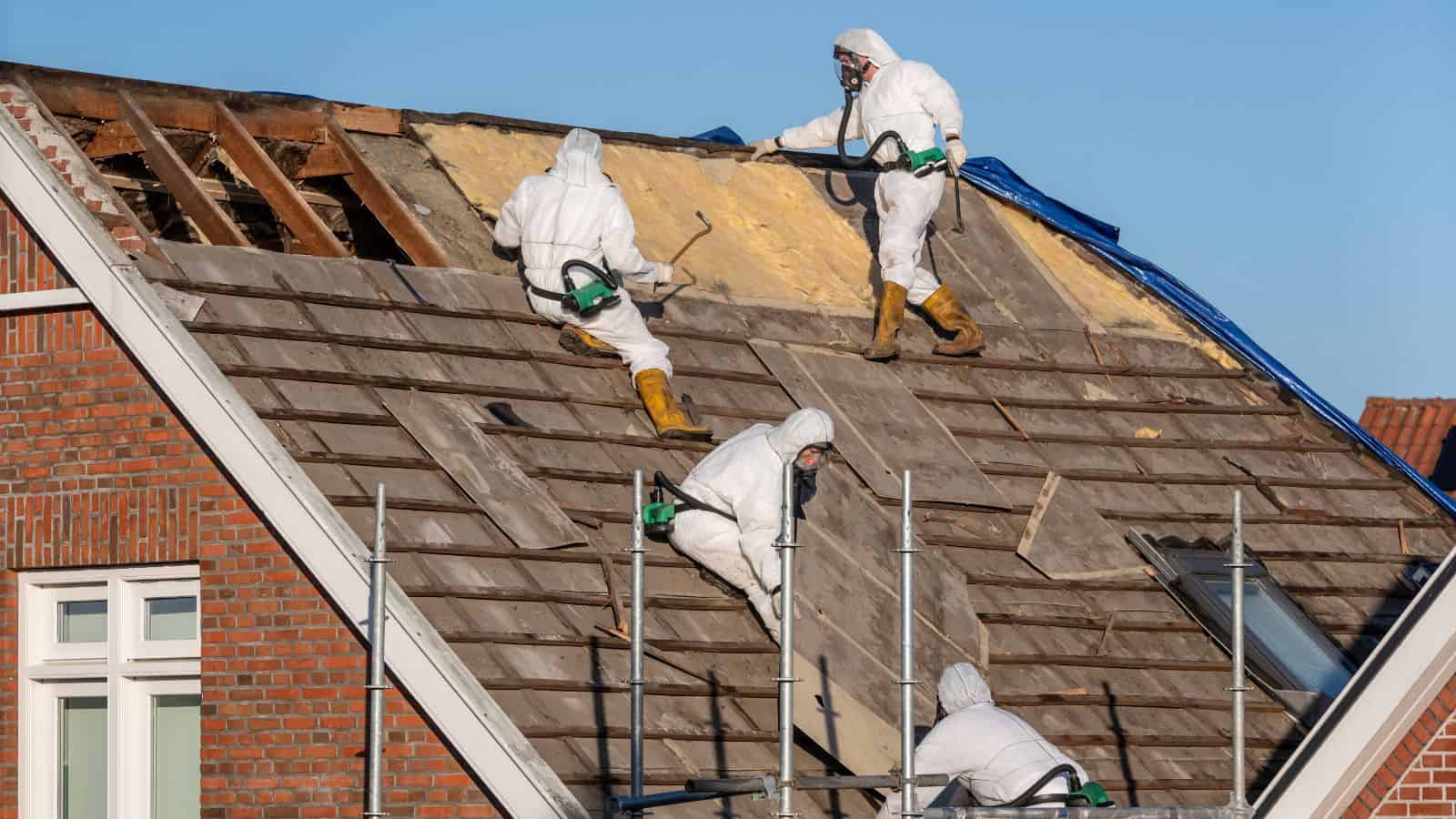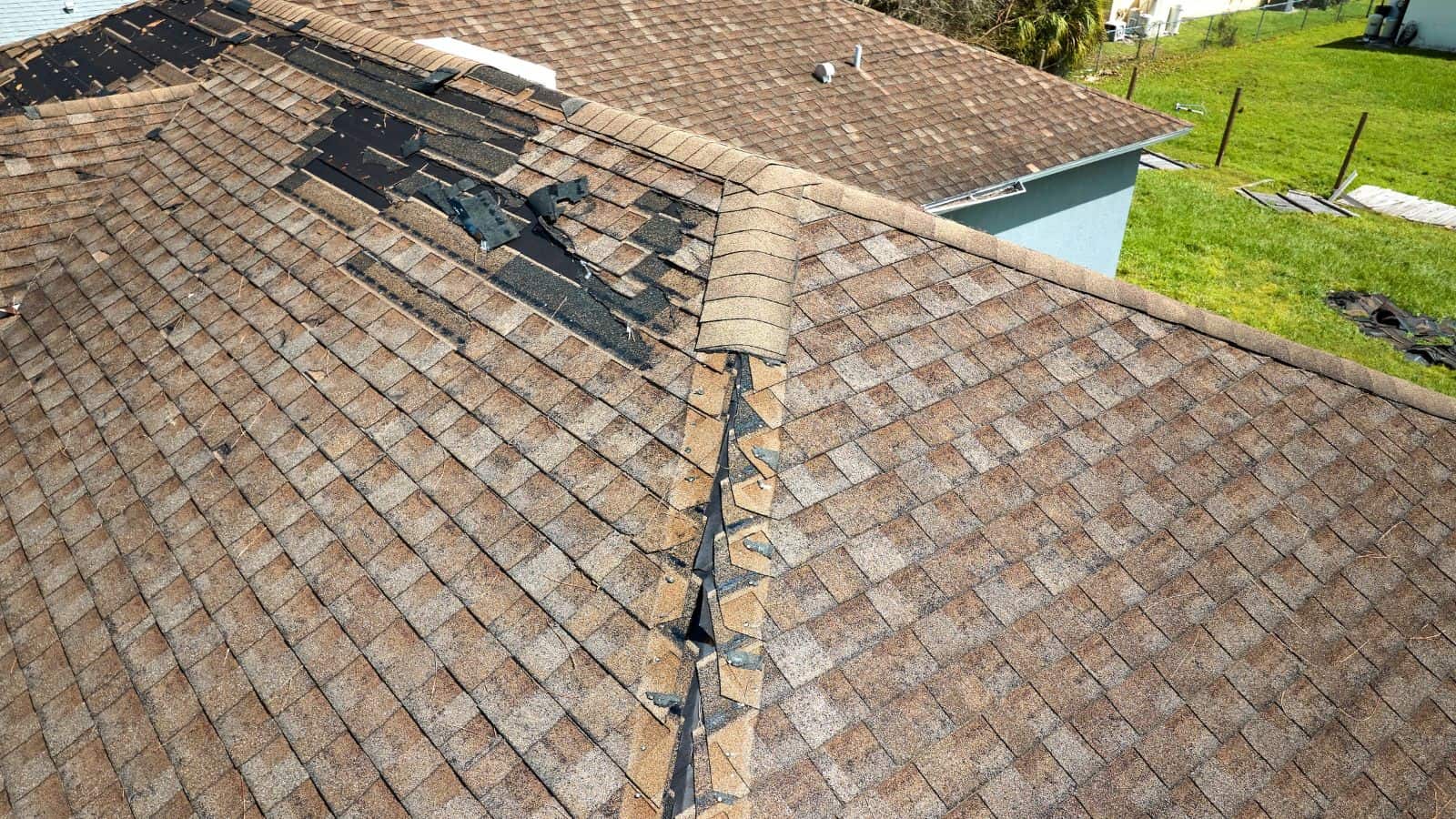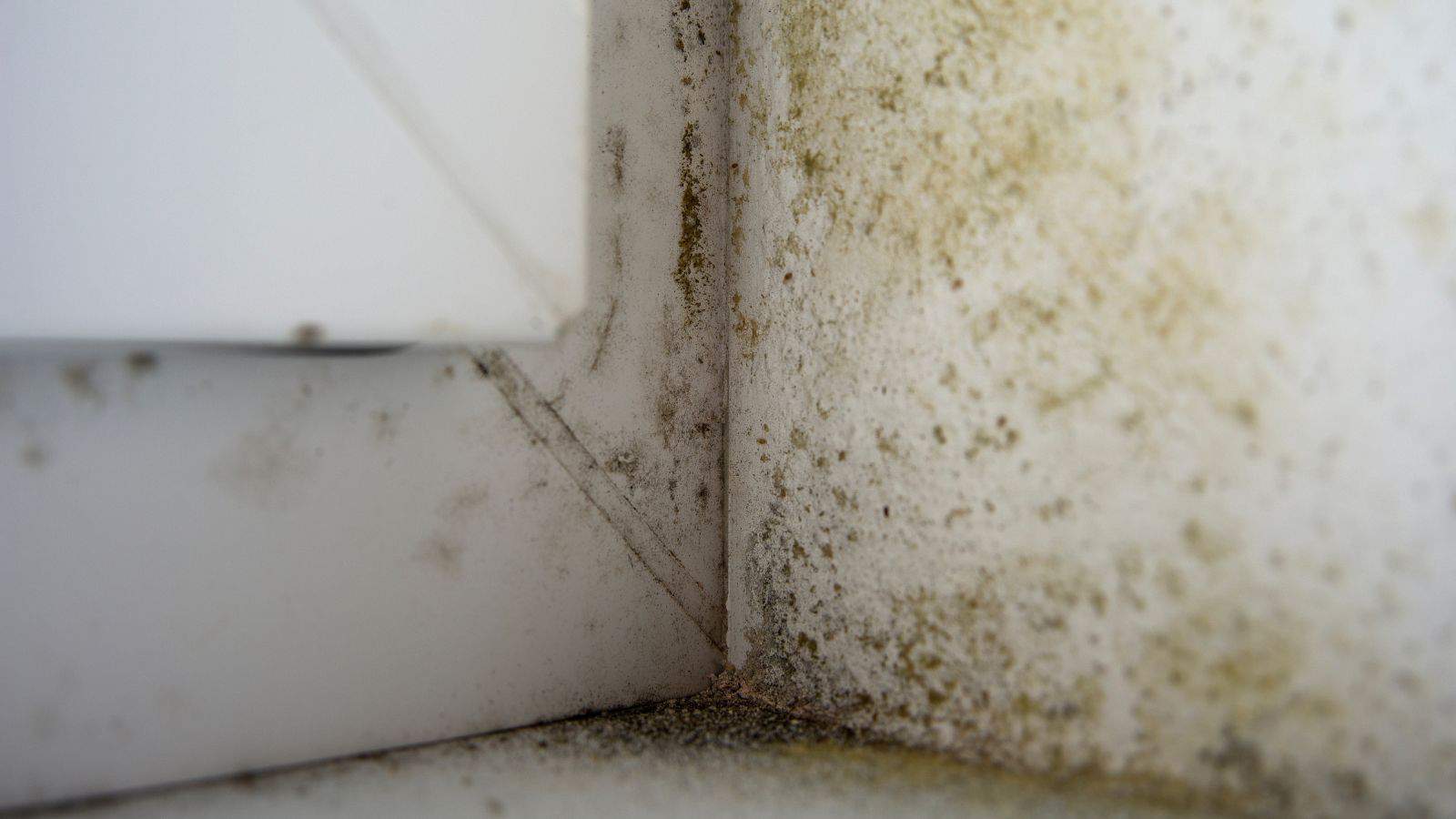There’s no denying that pre-’80s homes have a certain charm about them, but they can also hide some scary hazards that may pose risks to your health and safety. If you live in or are looking to buy an older home, it’s important to know what to watch for. Here are some of the most common issues that could be lurking behind the walls of pre-1980 homes.
Asbestos in Insulation and Tiles

It sounds crazy today, but not long ago, asbestos was widely used for insulation, flooring, and even ceiling tiles because of its fire-resistant properties. Nowadays, people are well aware of the fact that asbestos can release dangerous fibers when disturbed, leading to serious health issues like lung disease.
If you’re concerned that your home has materials containing asbestos, it’s important to get it evaluated and removed by a professional.
Lead-Based Paint

Another previously common practice that seems shocking by today’s standards was the use of lead paint on walls, trim, or ceilings. As you may know, lead paint can deteriorate over time and produce dust or chips that are toxic when inhaled or ingested, which is especially concerning if you have kids around,
Outdated Electrical Wiring

That knob-and-tube or aluminum wiring common in older homes really wasn’t designed to handle modern electrical loads. Today, these outdated systems increase the risk of electrical fires and can make it difficult to install new appliances. It’s best to upgrade to modern wiring to ensure everything is safe and up-to-date.
Radon Gas Seepage

Radon is a naturally occurring radioactive gas, but not all natural things are healthy. This gas can seep into homes through cracks in the foundation or walls. Older homes are especially vulnerable because of their less sophisticated construction techniques. If you’re in a high-risk area, it’s important to look into testing and solutions, as radon is a leading cause of lung cancer.
Single-Pane Windows

Sure, single-pane windows can add a sense of vintage charm, but they’re also pretty poor insulators that make homes drafty and inefficient. Plus, they tend to have weaker glass that may not meet current safety standards. For these reasons, it’s best to replace them with double- or triple-pane windows.
Aging Plumbing Systems

Galvanized steel pipes were used in many older homes, but the trouble is they’re prone to corrosion and leaks over time. This can lead to water quality issues, reduced water pressure, and even potential flooding. If you have the resources, you may want to consider replacing these pipes with modern materials like copper or PEX.
Hazardous Heating Systems

Old heating systems, such as oil furnaces or unvented space heaters, can be inefficient and even dangerous in some situations. These systems can sometimes release carbon monoxide or other harmful emissions into the home, putting your family at risk.
Lack of Ground Fault Circuit Interrupters (GFCIs)

GFCIs protect against electrical shock in areas like bathrooms and kitchens, so it’s fair to say they’re pretty important. So it’s a little concerning to learn that they weren’t standard before 1980. Older homes may lack these life-saving outlets, putting you at greater risk of electrical accidents.
Deteriorating Masonry

You may have little concern for your brick and stonework, but in older homes, it can crack, crumble, or shift over time due to weathering and settling. If you don’t catch it early, these issues may lead to structural instability or water leaks.
Poorly Insulated Attics

If you have an old home, you may have noticed that your attic is pretty cold and drafty. That’s because homes built decades ago often have inadequate attic insulation. This will hike up your energy bills and make it difficult for your space to maintain consistent temperatures.
Inefficient Ventilation Systems

Something that’s just as important as insulation is ventilation. And unfortunately, ventilation systems in older homes are commonly underpowered or improperly installed, leading to moisture buildup and poor air quality. Over time, this can escalate into issues like mold growth and respiratory problems.
Worn-Out Roofing Materials

Your roof may be the last thing on your mind, but it’s important to know that roofs in older homes may have outdated materials that degrade significantly over time, leading to leaks and water damage. For example, asphalt shingles typically only last about 20-30 years. If your home’s roof hasn’t been updated, it’s worth inspecting and replacing it sooner rather than later.
Hidden Mold Growth

Because older homes are more prone to leaks and humidity issues, they also create ideal conditions for mold to thrive in hidden areas like walls or crawl spaces. Mold can cause serious health problems, including allergies and respiratory issues.
Outdated Smoke and Carbon Monoxide Detectors

It goes without saying that smoke and carbon monoxide detectors are extremely important devices that could even save your life. So it’s concerning that many homes built before 1980 lack these invaluable detectors, or they’re outdated and unreliable. The good news is that it’s fairly straightforward to replace old detectors with modern, interconnected systems.
Cracked Foundations

It’s normal that time takes its toll on a home’s foundation, but this also means that older homes are more likely to have cracks or uneven settling. If they’re left unchecked for years and years, these issues can lead to structural instability, water infiltration, or pest infestations.
Toxic Pesticide Residues

A lot of pesticides used decades ago, like chlordane, were often applied around the foundations of homes to control termites and other pests. Unfortunately, these chemicals can linger in the soil and air for years, posing potential health risks.
Inefficient Fireplaces and Chimneys

Fireplaces can be beautiful, cozy, and charming, especially in older homes. However, you should be aware that fireplaces and chimneys in older homes may have cracks, creosote buildup, or inadequate liners, all of which can increase the risk of chimney fires or carbon monoxide leaks.
Hidden Pest Damage

Another common issue with older homes is that they often have untreated wood or gaps in construction that make them vulnerable to little pests like termites or rodents. Over time, these pests can cause extensive damage to the structure and wiring, making it an important issue to address by sealing any entry points.
